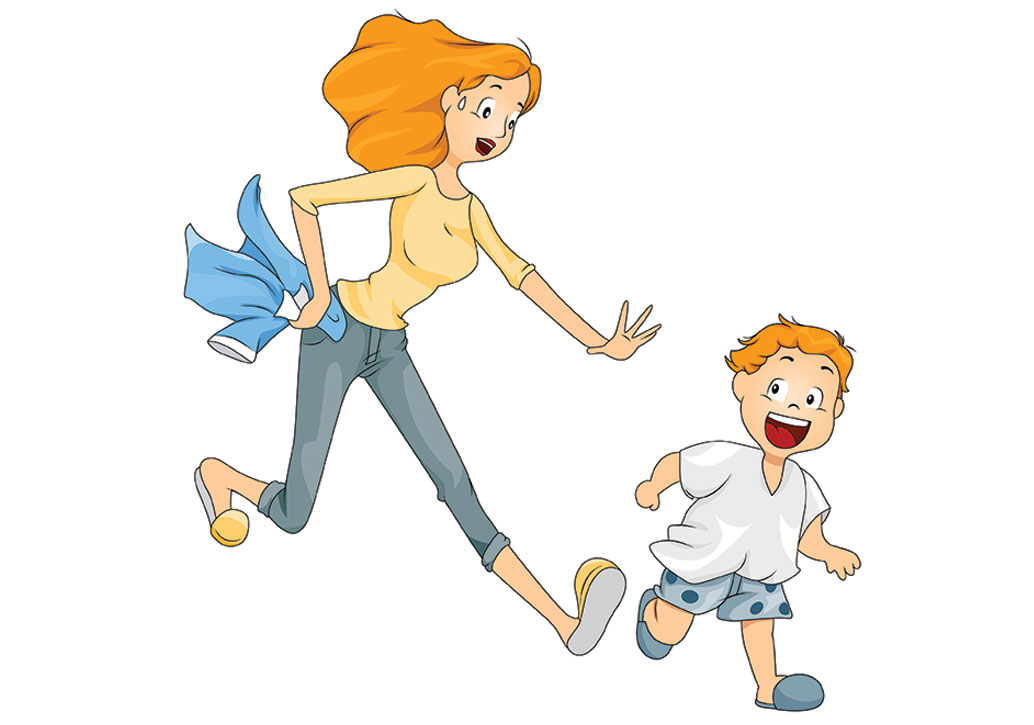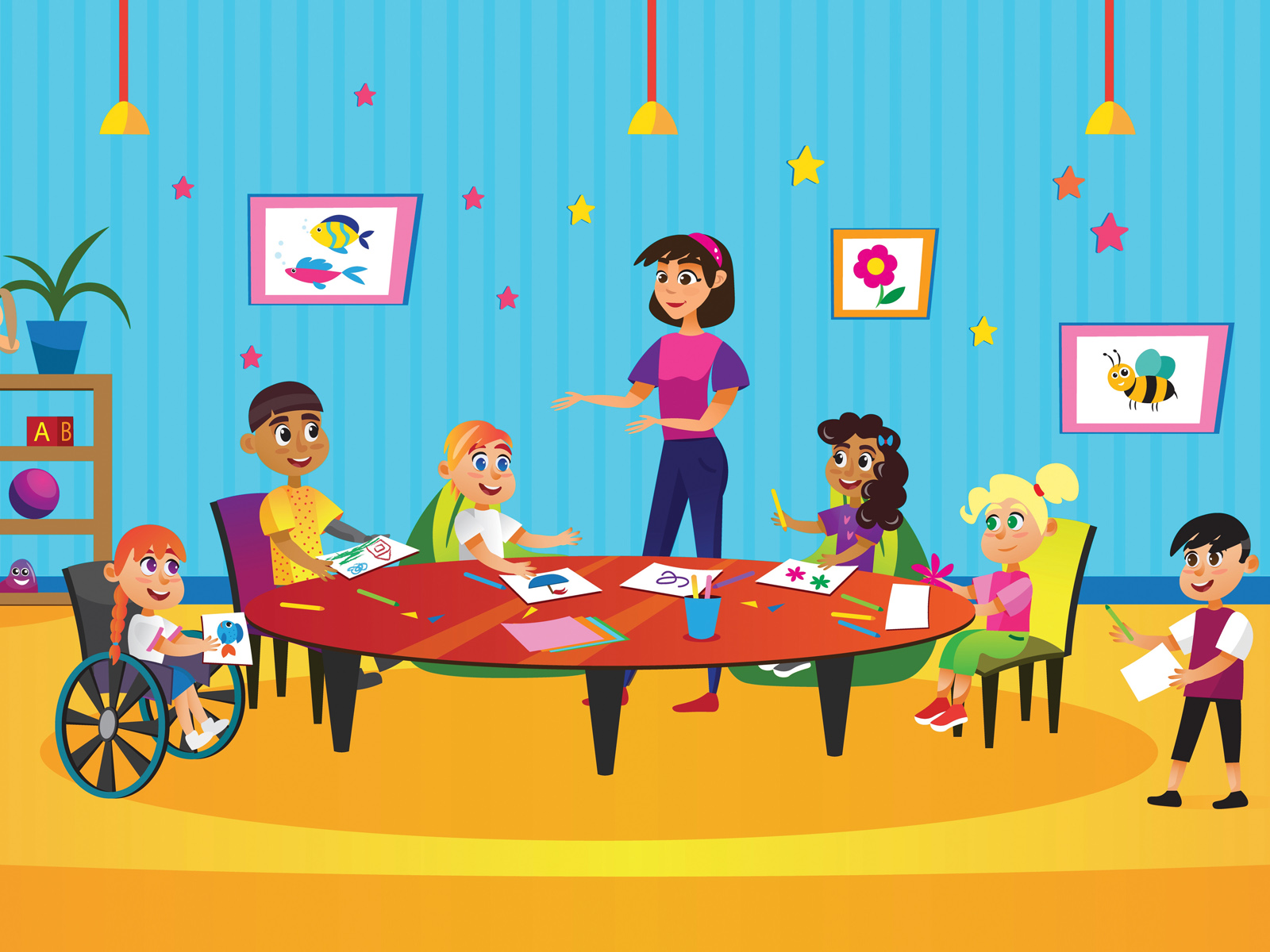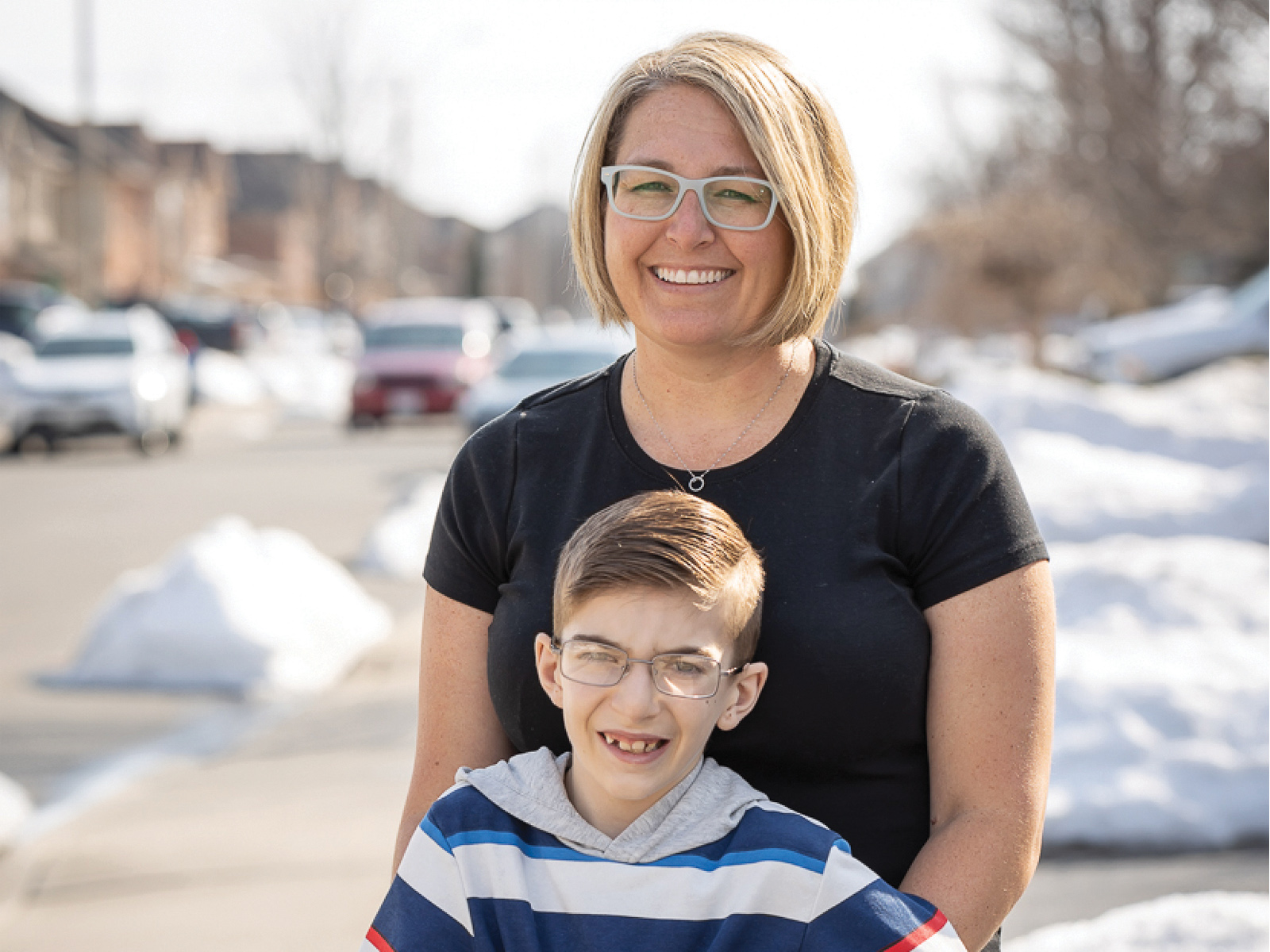By: Karen Wang
Getting ready can be a battle for a highly sensitive child, but these small steps can help nurture independence and make it enjoyable.
My five-year-old son just informed me that he will no longer wear his Thomas the Train sweater because it is too itchy. He takes after me: When I was a kid, clothing tags were my enemies. I used to get my mother’s sewing scissors and cut the tags out of new clothes as soon as I got them. I preferred hand-me-downs from my sisters, because the worn fabric was softer and the tags were already removed.
Even though I was a skinny kid, exposed elastic bands were too tight on me, and left painful red marks on my skin. I never wanted to wear skirts because that meant I had to wear tights and they were too itchy (if I didn’t wear tights under the skirt, my knees became cold and achy, even in warm weather).
Getting dressed can be a battle for children who are highly sensitive or who have neurological differences. So learning to dress requires patience, persistence and practise from both you and your child. Here are a few ideas to reduce the stress.
Start with heavy work
Warming up the muscles with exercise is a great way to reduce sensitivity. Occupational therapists define “heavy work” as any activity that puts deep pressure on the joints of the upper body, such as pushing a laundry basket or crawling through a tunnel.
Choose soft clothing
Know exactly what type of clothing to look for: soft, breathable fabrics; tag-less; covered elastic bands; no metal parts; and no heavy embroidery or appliqué. Accept hand-medowns whenever possible, and shop at used-clothing stores for softer fabrics.
Find alternatives
Believe your child when he or she says clothing is irritating. Use the opportunity to find a solution to the problem together. Wearing a tag-less undershirt increases overall comfort; substituting cotton jersey leggings for tights makes wearing a skirt much more pleasant.
Let your child choose
Allow the child to select clothing as often as possible. My five-year-old sometimes likes to dress all in black, “just like Darth Vader.” At other times he wants to dress in a roller-coaster or monster-truck theme. This type of experimentation increases his sensory tolerance.
Find the right undergarments
Make sure socks and underwear are as comfortable as possible. An entire day can be ruined by rebellious socks that get bunched up inside shoes or underwear that chafes around the hips.
Don’t always dress for the weather
Be flexible.My 10-year-old son insists on wearing long sleeves and long pants all year round, because he does not like the feeling of air on his arms and legs. When he was a toddler, he refused to put on a coat or mittens even on the coldest days of winter.
My strategy is to allow him to choose his clothing, but to carry back-up clothing for the moment when the reality of the outside temperature hits him. “Oh, you’re sweaty and overheated? Here’s a short-sleeve T-shirt.” “You’re shivering; here’s a hat. Oh, now your fingers are cold? I have some mittens right here.” It works every time.
Reinforce social norms
It’s not okay to walk down the street naked no matter what the weather. Make sure your child understands the difference between socially appropriate and inappropriate dress. When you are out together running errands or going to school, point out how other people are dressed.
Explain the natural consequences of inappropriate dress. “You weren’t wearing your rain boots, so your shoes got wet.” “We can’t get ice cream because the sign says you have to wear a shirt in the store.”
Open-toe or closed-toe?
Sometimes the only way to get a child to wear any shoes at all is to allow sandals or flip-flops. But there’s a downside to that: I’ve known many children over the years who refuse to give up their sandals at the end of summer.
Wearing sandals can mean certain activities are off-limits—indoor playgrounds require socks, and outdoor playgrounds usually have wood chips that can splinter inside the sandal. It’s also unsafe to run or climb in sandals.
These physical activities are absolutely necessary for highly sensitive children. Therefore, I ask my children to wear sneakers with socks unless we are going to the beach, as an extension of my lessons about social norms.
Choose sleepwear carefully
The right pyjamas and blankets will help both of you get a good night’s rest. Tired, cranky kids are hypersensitive, and my kids are both night-wakers. My older son now uses an eight-pound weighted blanket at night; my younger son still refuses any blanket, and sometimes wakes up because he’s cold. If he wears warmer fleece pyjamas, he gets sweaty and wakes up because of the wetness. I finally solved the problem by having him wear his usual cotton-knit pyjamas with a footed fleece sleeper on top. The breathable cotton fabric prevented the clamminess on his skin while the fleece sealed in his warmth, and he started sleeping through the night.
Reprinted with permission from friendshipcircle.org.
Karen Wang is a contributing author to the anthology “My Baby Rides the Short Bus: The Unabashedly Human Experience of Raising Kids With Disabilities”.
Tips for styling, cutting and washing hair
Going anywhere near your child’s crowning glory can be a nightmare for many parents of kids with special needs. The sound of the scissors, water in the eyes, the sensation of clippers: It can all be too much for many children, especially if they have sensory issues. Here are a few fun tips to lessen the stress.
• If they dislike getting water in their face, especially their eyes, suggest they put on swimming goggles in the shower when washing their hair.
• If they don’t like having their hair brushed, it could just be the brush you’re using. Try a variety of different brushes to find one that has a more pleasant sensation for them.
• Make it easier by getting shampoo in a pump. This avoids the need to open up a slippery, wet cap and having to figure out how much shampoo you need; it also saves time.
• Put talcum powder on the neck when cutting hair. It lets you blow the hair off easily and isn’t itchy.
• The word “cut” can be frightening (e.g., “a cut on your finger”). Use different words, such as “Let’s tidy up your hair.”
• Take your child with you to the hairdresser even when they are not having their hair cut; this helps them see it’s not always scary.
• Some people cope with a haircut much better if it is done in the home. Ask other parents or your barber/hairdresser for recommendations, or Google “mobile hairdressers” for your area.
• If your child is very sensitive to noise, find soft, flexible earplugs to cut out all the noises of hair cutting.
• Go to the barbershop or hairdresser at their less busy times, so you don’t have to wait as long. This also offers the added bonus of less ‘people noise.’
Source: friendshipcircle.org














